-
Car Reviews
- Car News
-
Car Comparisons
Latest comparisons
- Chasing Deals
The Mitsubishi ASX returns in new-generation form with big improvements in key areas and an even bigger price tag to match, but who is this small SUV for?
An enduring vehicle of 15 years, the previous generation Mitsubishi ASX was one of the best-selling small SUVs ever in Australia, defined by its solid practicality, reliability, ‘no frills’ mentality, with an affordable price tag to match.
After being heavily revised three separate times, new safety requirements in Australia put the tired ASX out to pasture earlier this year, with the Diamond brand obtaining a successor via its partner brand Renault, for a reskinned version of the Captur small SUV.
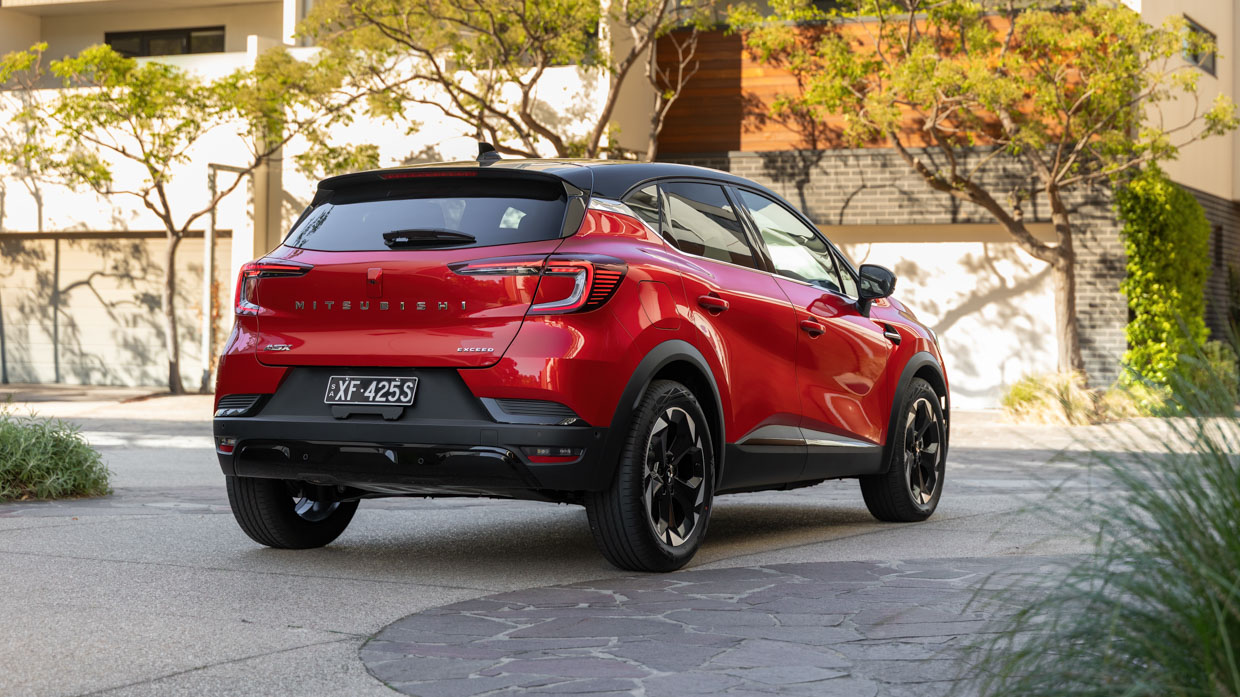
On sale in Europe since 2019, the second-generation Captur is not a particularly new vehicle either, but with a suite of modern technology and a unique Mitsubishi design applied during a facelift last year, this small SUV is ready to run with the best of its class, says the brand.
But times change and Mitsubishi says the type of buyers flocking to small SUVs are changing along with it. With Chinese rivals like the Chery Tiggo 4 mopping up the cheaper end of the market with sub $24K price tags, the new ASX has pitched itself further upmarket, promising a more refined driving experience and feature set.
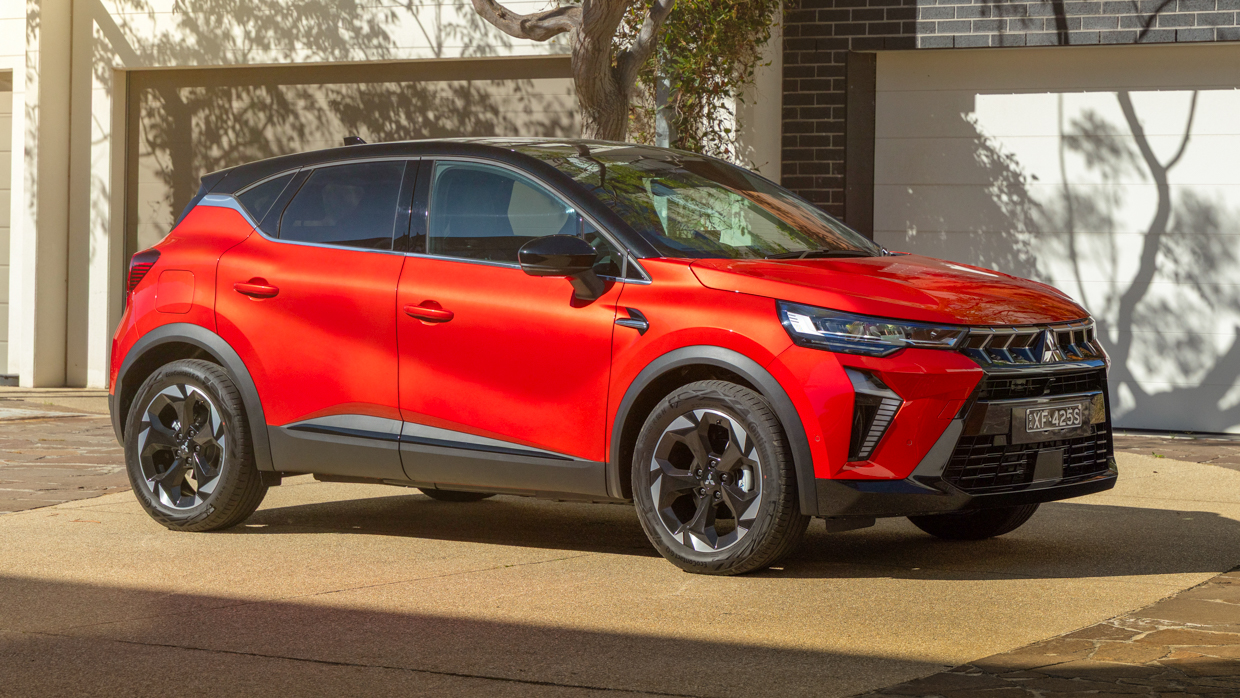
As a result, the price of entry has climbed more than $13,000 – or $11K if you compare the cheapest automatic variant – kicking off at $37,740 before on-road costs, reflective of what Mitsubishi claims was a trend among old ASX buyers towards more expensive, well-equipped grades.
With higher pricing, and allegedly greater luxury and refinement as the appeal, the new ASX wants to compete with rivals such as the Hyundai Kona, Volkswagen T-Roc and Toyota Corolla Cross. But can it?
At launch, the Aussie ASX range consists of three variants: the LS ($37,740), mid-spec Aspire ($42,690) and the top-spec Exceed ($46,490).
The LS grade includes:
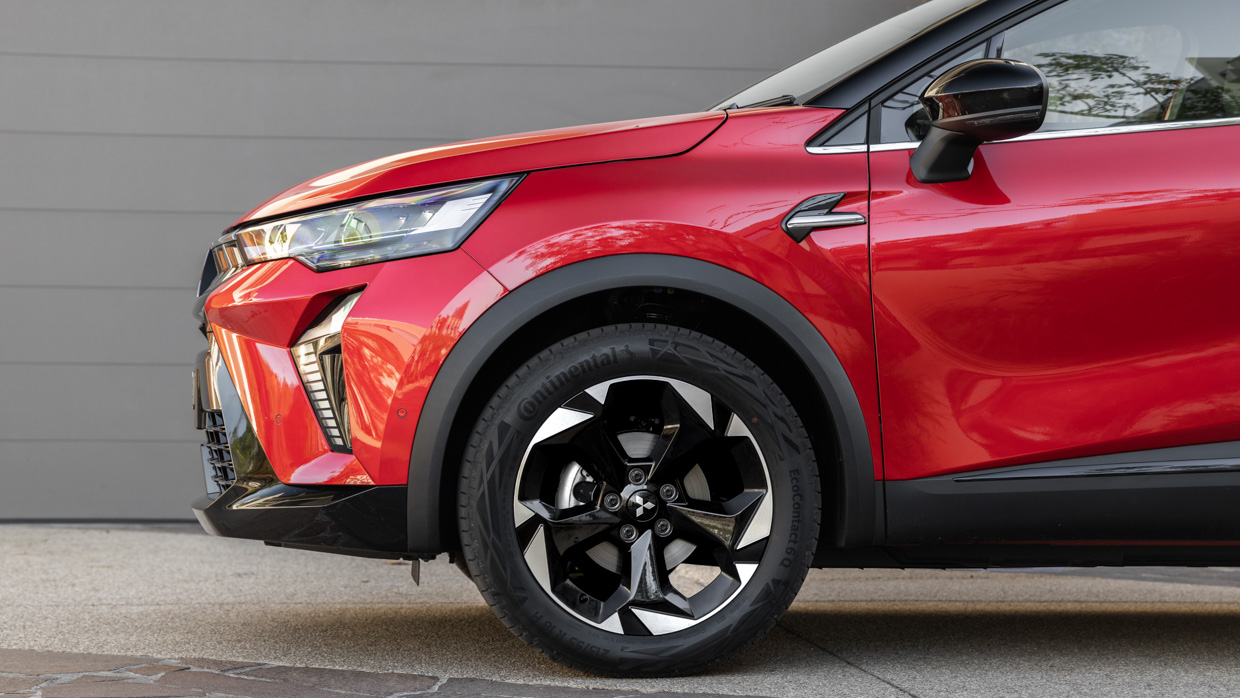
Stepping up to the Aspire adds the following:
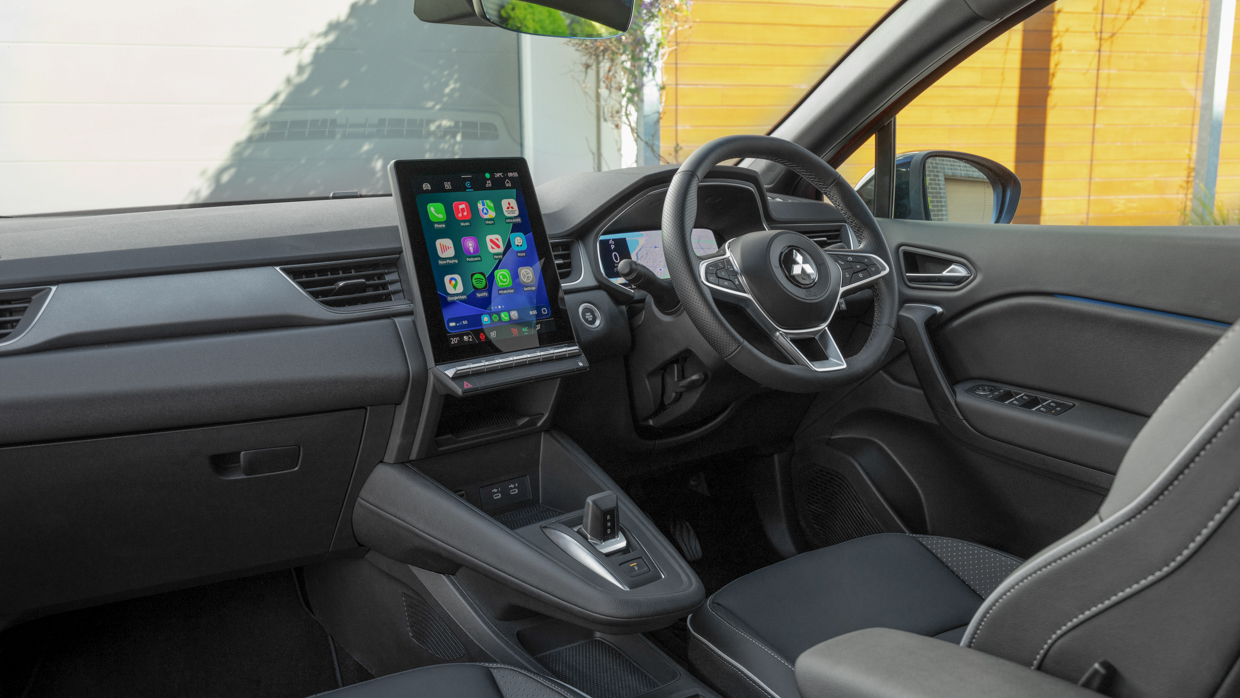
Finally, the top-spec Exceed adds:
It’s notable that metallic paint is thrown in for free on all grades, hinting at the ASX’s greater focus on visual punch. Similarly, two-tone paint is a no-cost option on the Exceed grade.
It might look conservative when compared with the wall-to-wall screens of Chinese rivals, but the interior space of the ASX looks to have jumped two centuries in design terms.
A 10.4-inch portrait touchscreen sits in the centre of the dash, utilising physical controls for essential functions such as climate. Apple CarPlay and Android Auto are wireless and work well in practice, but need not be relied upon.
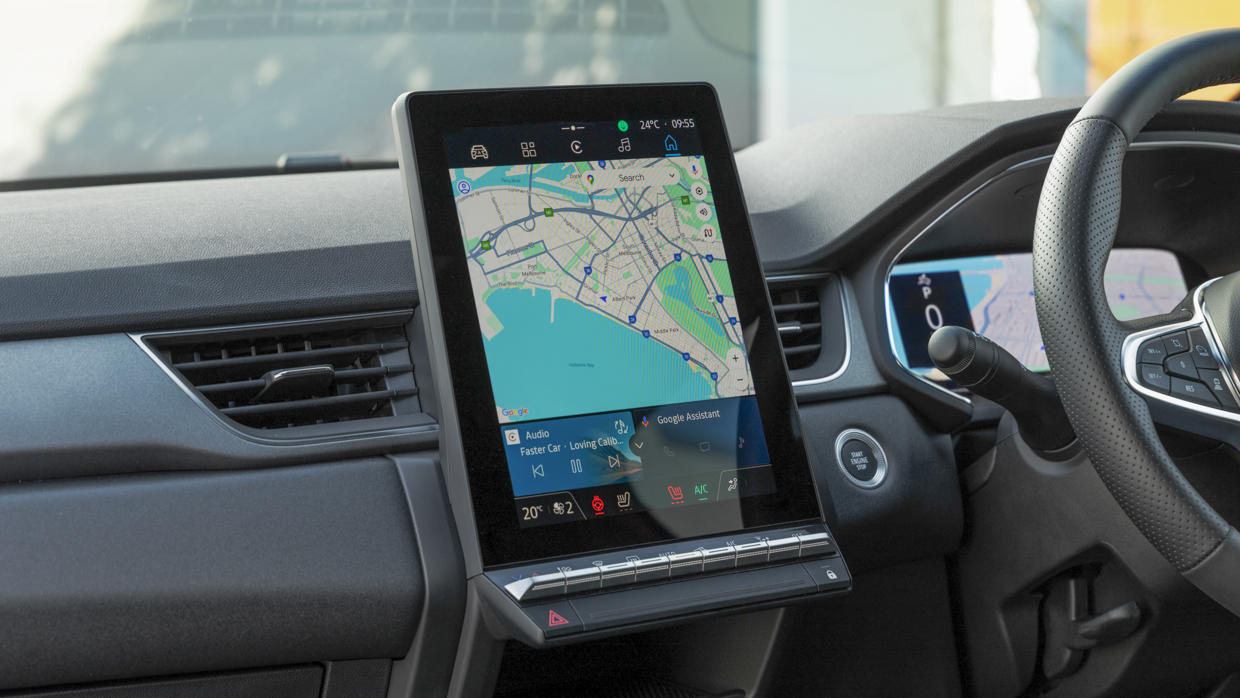
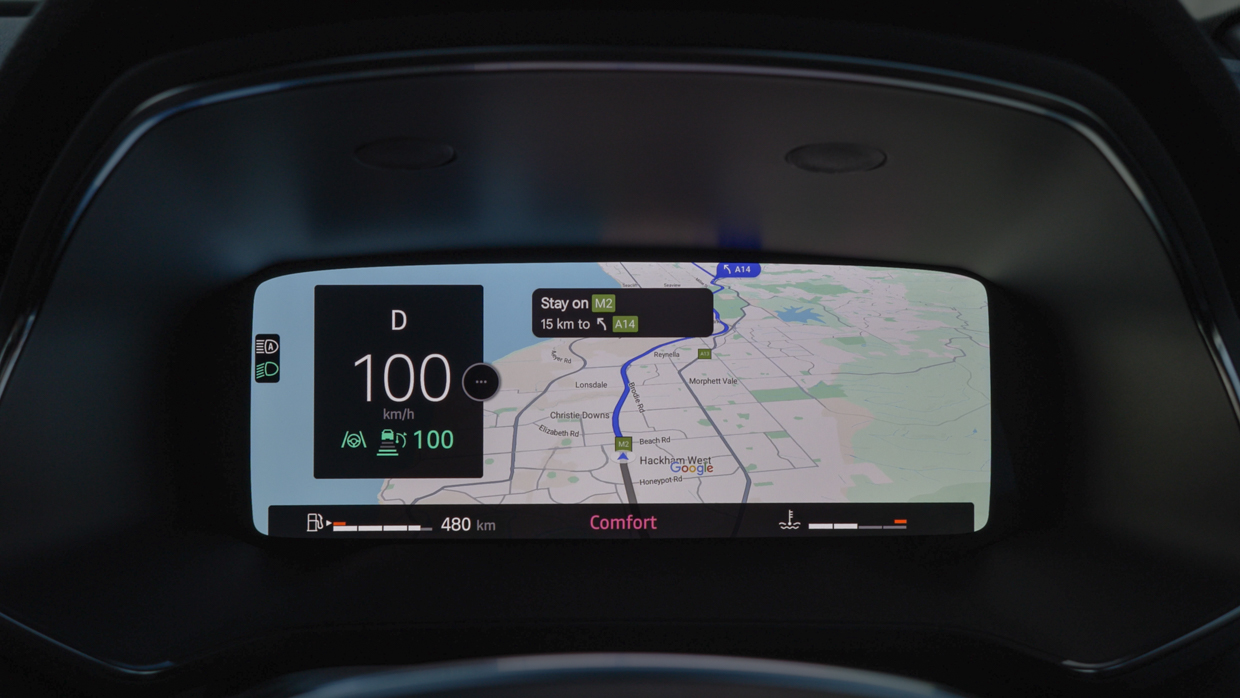
Aspire and Exceed grades feature ‘Google Built-In’ software. In essence, it allows you to have apps such as Spotify, Google Maps, Waze and more, running through the car rather than relying on your phone.
It’s a nifty bit of functionality that allows drivers to make greater use of the 10.25-inch digital gauge cluster (fitted to higher grades), by projecting navigation in front of the driver, freeing up the centre screen for whatever else.
We didn’t have a chance to sample the entry-level LS at launch, but it’s notable this grade is especially light on features for the price point.
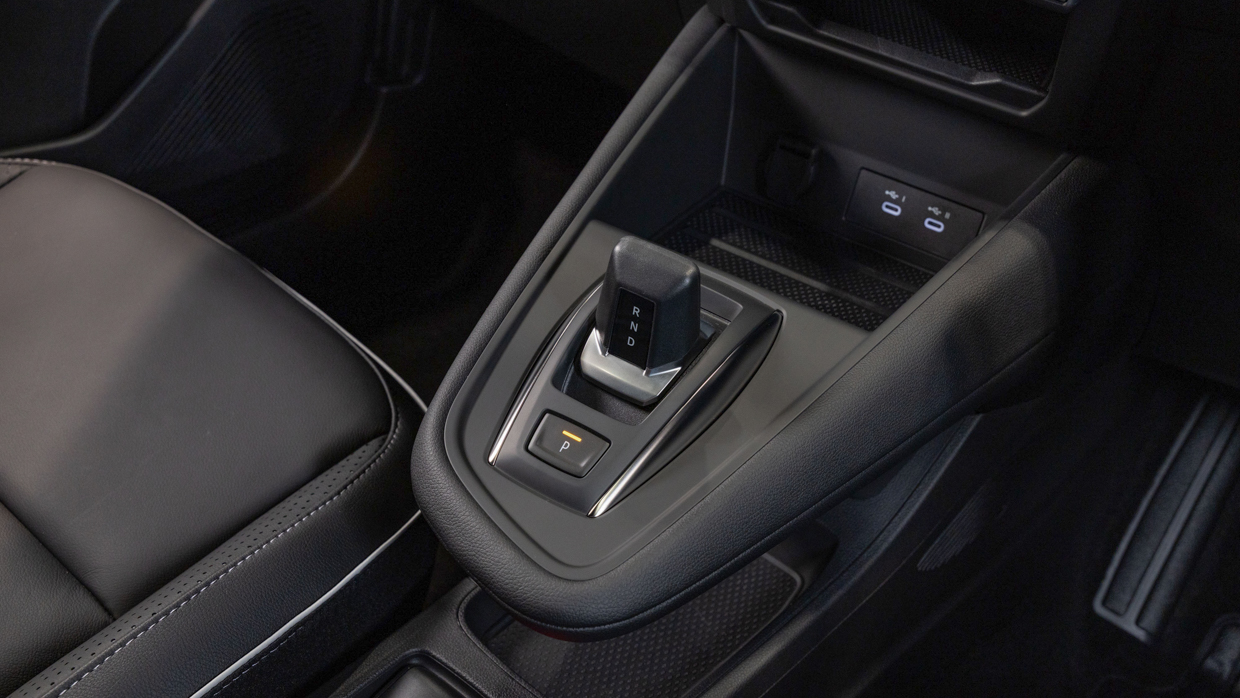
Few will cry over the downsizing of the digital gauge cluster to a 7.0-inch unit and the 10.4-inch multimedia screen is preserved, but the tidy electronic shifter and floating centre console are swapped for a clunky alternative.
Even the wireless phone charger and rear privacy glass are restricted to the Aspire grade and up.
And then even on the flagship Exceed, occupants are restricted to single-zone climate control, there is no premium stereo option and the front passenger seat lacks power adjustment.
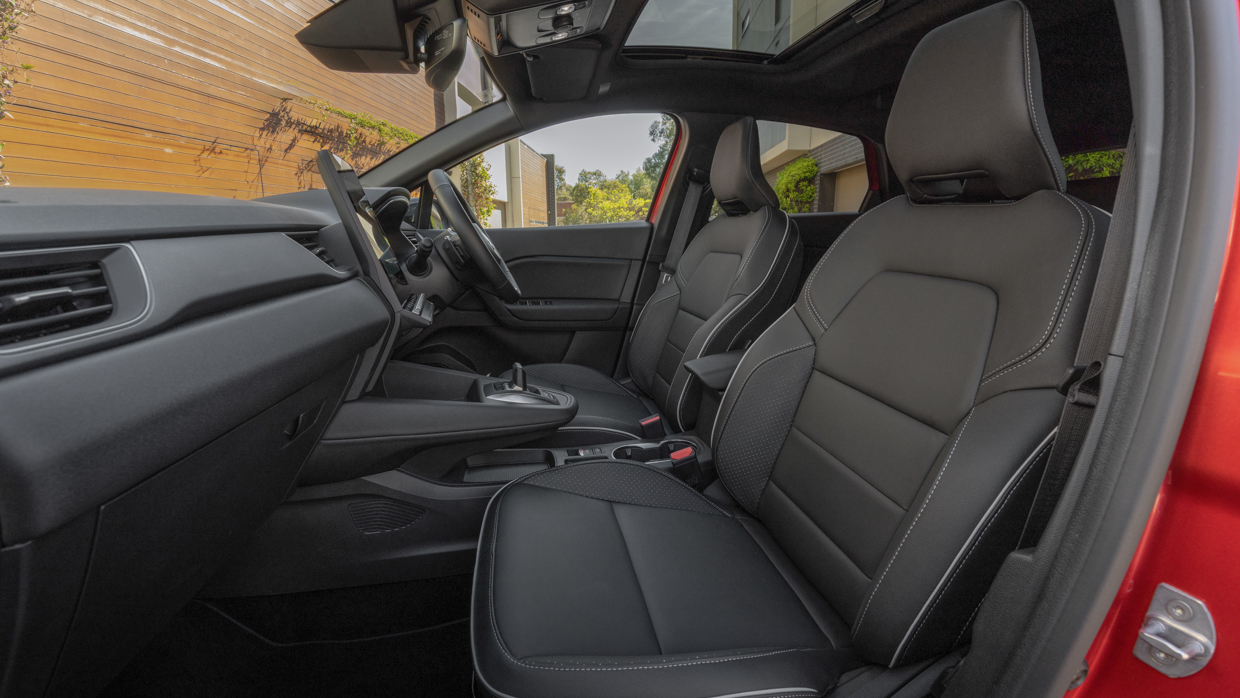
Take two steps back from the new ASX and you’ll think it’s been thrown in the wash. In all dimensions, the new ASX is smaller than its predecessor, which should make it easier to drive in the city, but surely spells disaster for interior space.
Not so, says Mitsubishi.
The ASX has lost roughly 130mm in overall length but only 30mm of that has come from the wheelbase – where people actually sit. At 182cm tall, there’s plenty of room to sit comfortably, though the cabin is decidedly narrow.
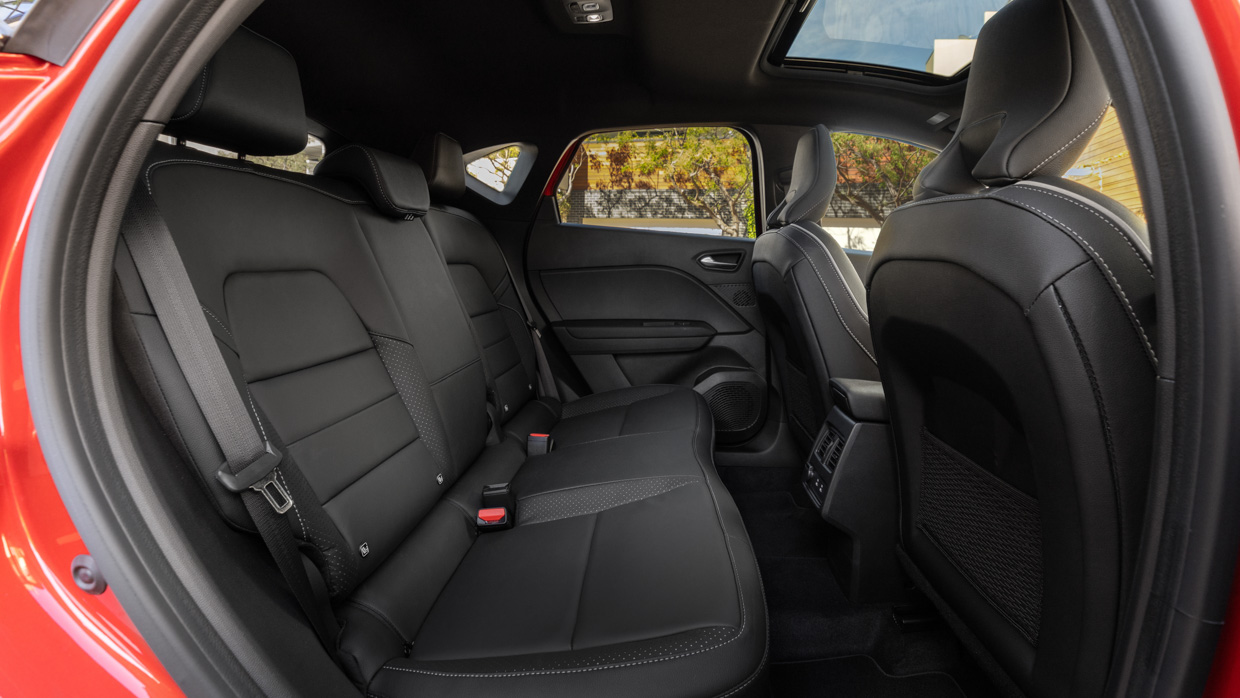
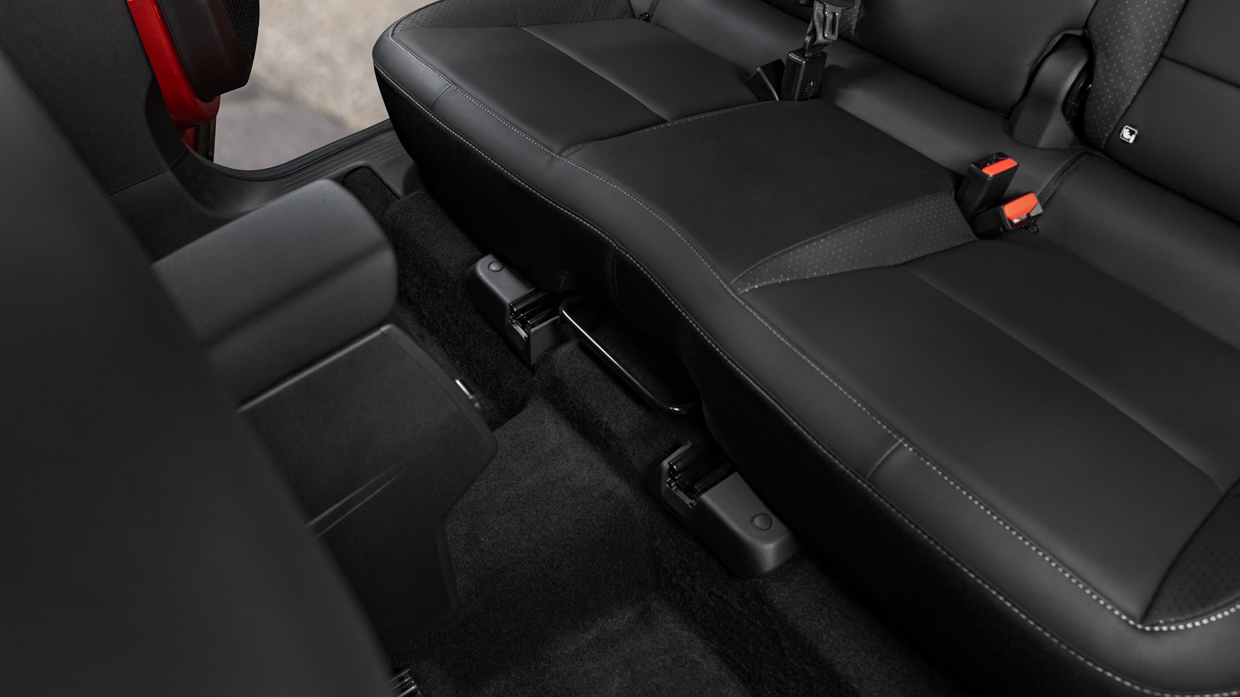
It’s a similar story in the back seat, with a healthy amount of leg room for the size of the vehicle but there’s little chance of fitting anyone in that centre seat.
This is unlikely to trouble the wealthy, career-focused couples the brand is targeting with the new ASX and families of pre-teen kids will be just fine. That said, the old ASX felt more spacious in the second row.
The backseat is dotted with basic amenities such as rear air vents and USB-C charging points. The single-piece bench slides 16cm forward to open up more room in the boot, which is more impressive than you might think.
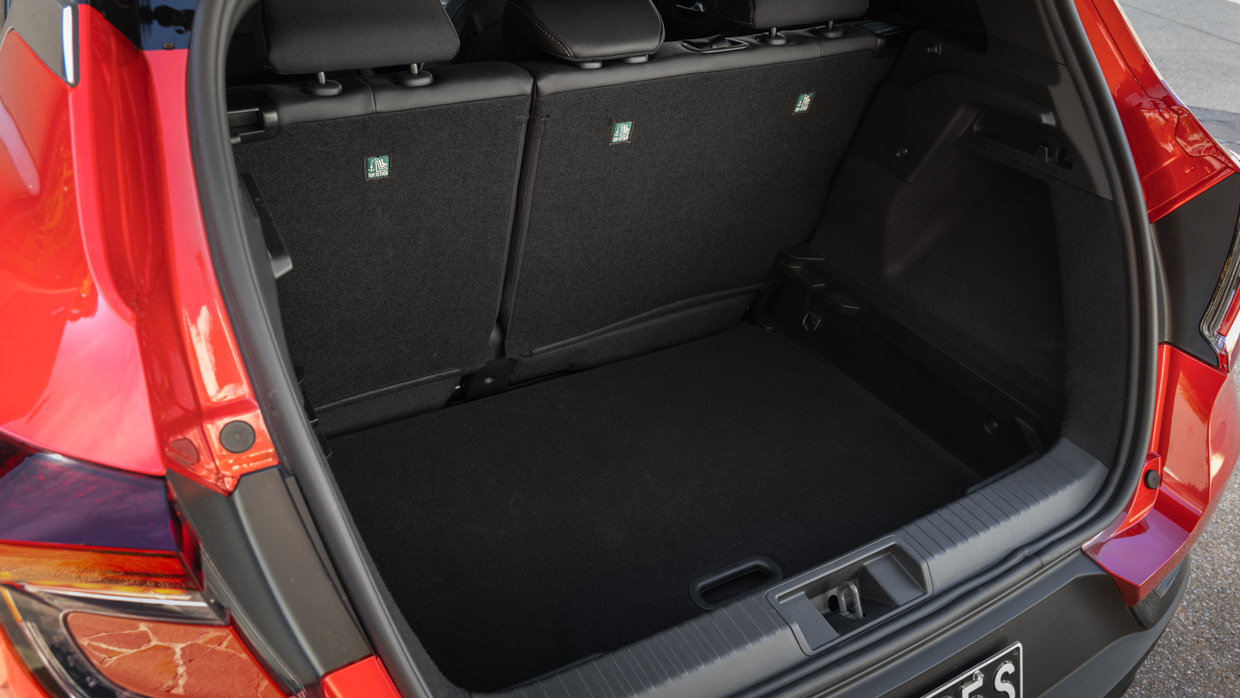
Once you drop the split-level boot to its lowest position, the ASX’s generous 484L capacity is revealed. By default, a huge space also sits under the floor itself where the tyre repair kit is housed.
Buyers can opt for a spare wheel instead but this is disappointingly charged as a $750 option.
For all the flak they cop for reliability fears, French cars have a consistent reputation for being superb to drive, and the same is true for the ASX.
While the suspension could be more absorbent and clearly has a firm undertone, the new ASX strikes a good balance between comfort and joyful road-holding ability, unlocking one of the most enjoyable parts of owning a lightweight, compact SUV that this nameplate has always lacked. None of these are words you would use to describe the old ASX.
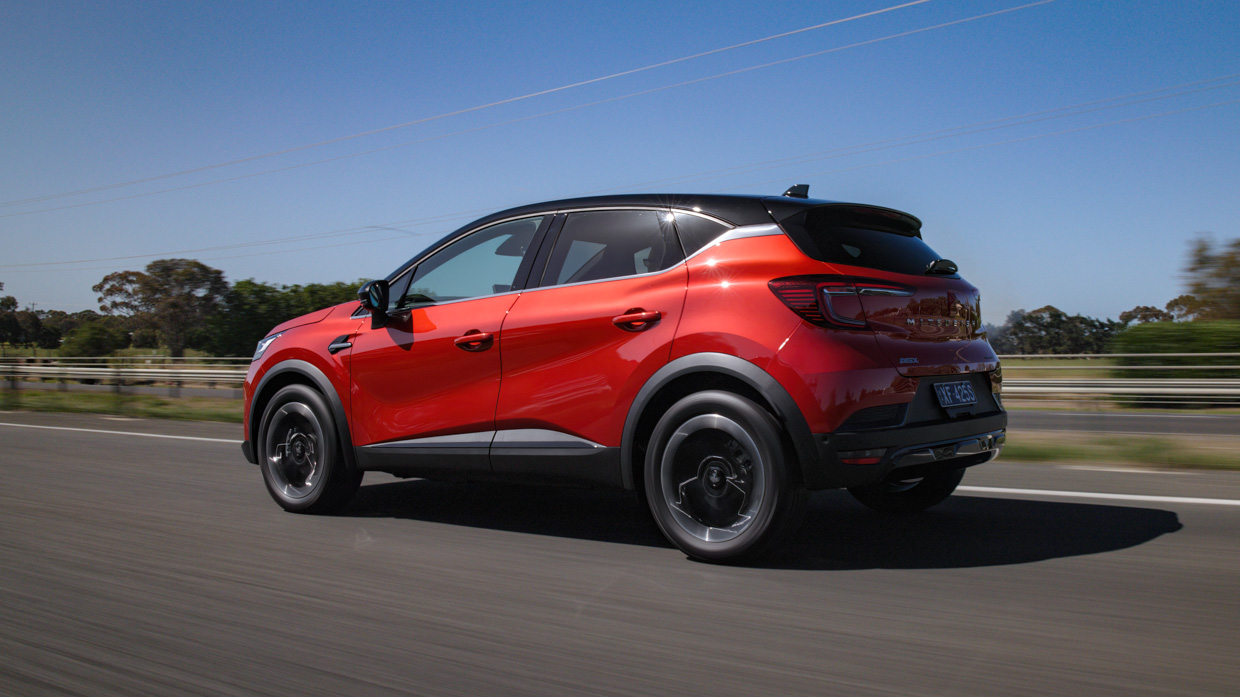
The steering and suspension tune is unchanged from the European model, and while not perfect, there’s some good feedback to the driver, and a playful nature to the ASX on country roads.
Without labouring the point, it’s difficult to overstate how much of an improvement the new ASX is over its predecessor, which would deviate from its intended driving line and felt flat-out unstable at times.
Put plainly, the new ASX is a far safer and more communicative vehicle to drive.
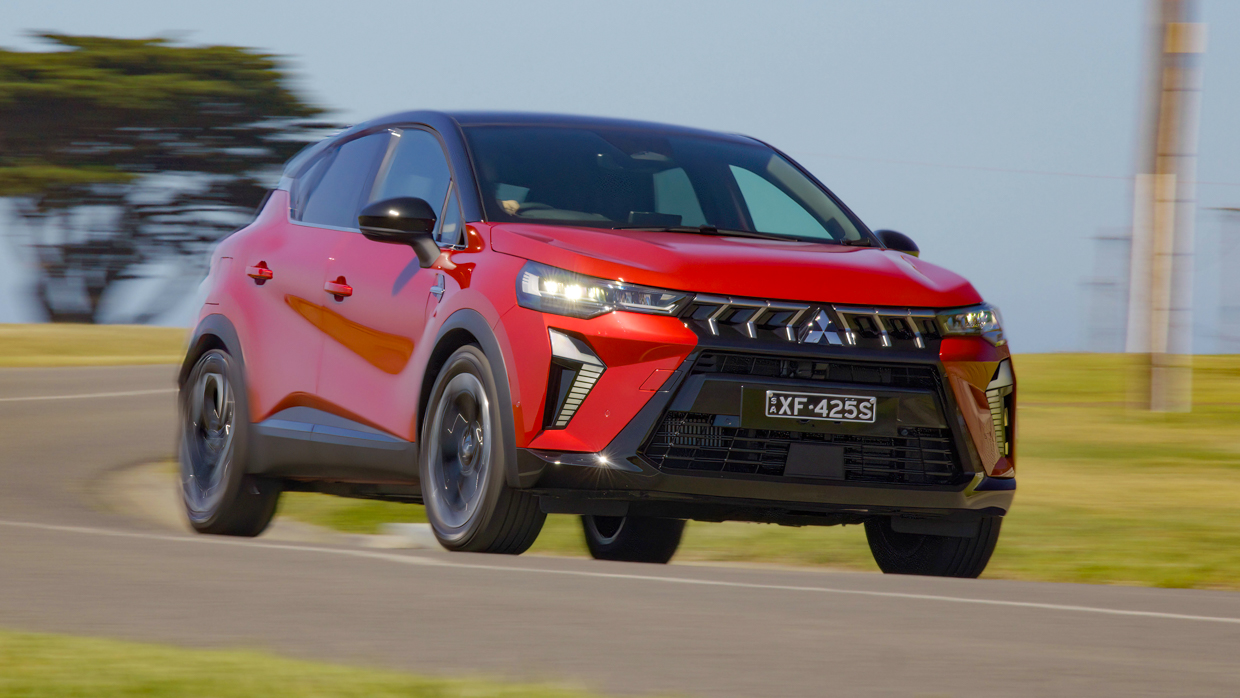
Our initial drive involved limited time doing the sort of low-speed driving and parallel parking that most ASXs will spend their lives doing, but the little Mitsubishi feels appropriately nimble.
That said, limited back-seat visibility, courtesy of that sloping roofline, can make parking a challenge and will see you turning to the reversing camera, which is of limited assistance due to its woeful picture quality – a few of the signs hinting at this model’s six-year vintage.
Road noise into the cabin is noticeable but stops short of irritating, partly due to the addition of the new 1.3-litre turbocharged four-cylinder engine.
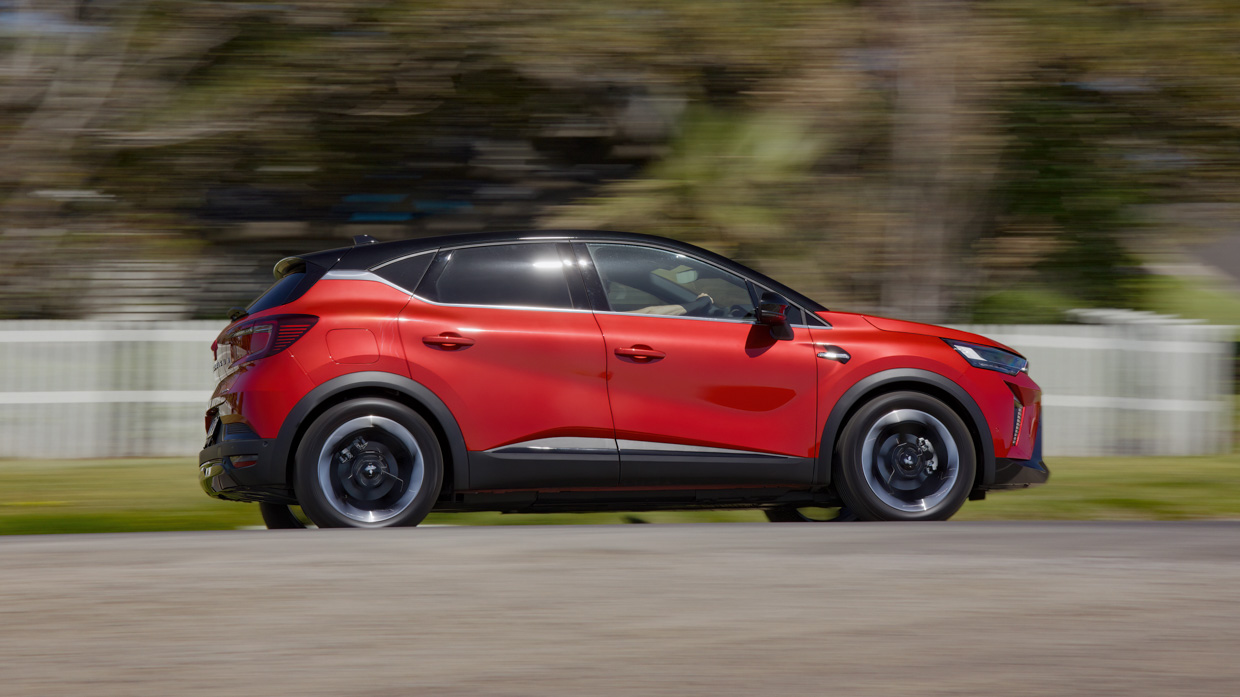
Sending 113kW and 270Nm to the front wheels via a slick seven-speed automatic transmission, the ASX feels appropriately muscular for its 1294kg kerb weight. Certainly surpassing the naturally aspirated 2.0L (110kW/197Nm) and 2.4L (123kW/222Nm) units of old, in the real world.
The magic of turbocharging, and the absence of a CVT transmission with a tendency to chase higher revs in the old engines, also means it’s a far sight quieter.
No official safety rating from the Australasian New Car Assessment Program (ANCAP) has been rubber stamped at the time of publishing, though Mitsubishi is working to convert the solid four-star rating awarded to European variants to our local models.
The ASX is fitted with the following features as standard.
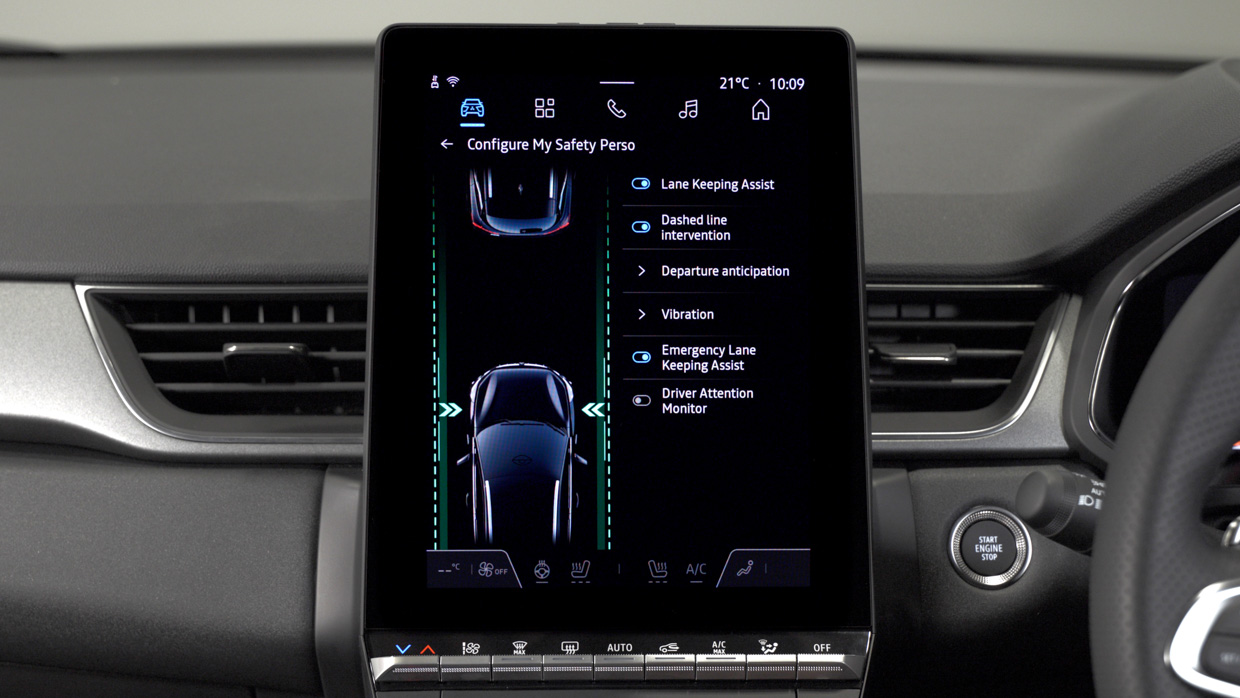
It’s notable however that many features standard on newer rivals such as front parking sensors, adaptive cruise control, blind spot monitoring, rear cross-traffic alert and safe exit assist, are reserved for the more expensive Aspire and Exceed grades.
The tuning of active safety features, such as lane centering, is generally adequate but drivers also have the ability to pre-program their preferences for what features they want on- and off into the ‘My Safety Perso’ profile.
Activated at the touch of a single physical button every time you get into the car, it saves much of the hassle usually required when disabling unhelpful safety features on a regular basis.
The 1.3L engine fitted to the Aussie market is available in Europe with additional assistance, and fuel savings, courtesy of a mild-hybrid motor that we expect to arrive in the coming year.
Even still, we matched the 6.4L/100km combined fuel figure provided by Mitsubishi and regularly saw numbers in the ‘fives’ on long stretches of highway, reflecting an economy improvement of roughly 20 percent on the old 2.0L equipped ASX.
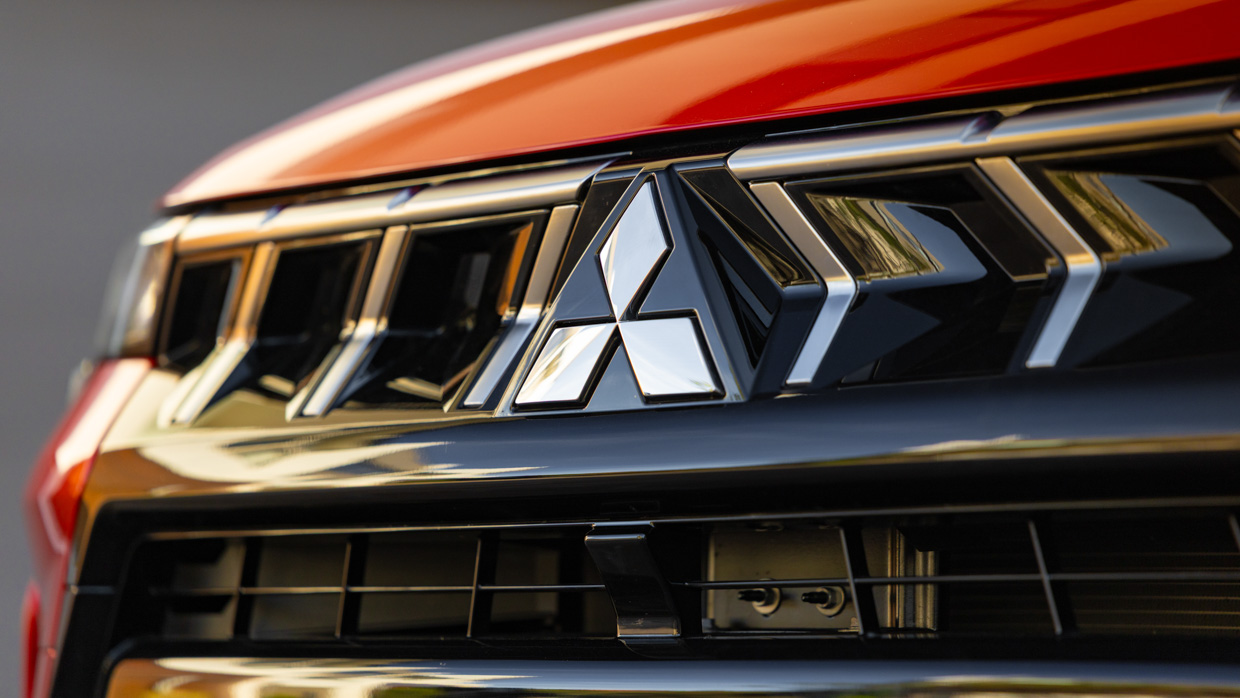
Old school ASX buyers will be happy to learn they can still fill up with cheap 91RON, too.
A stronger and more frugal hybrid powertrain is also expected to follow, perhaps after, but this too lacks a specific confirmation or a timeline for local introduction.
Servicing is less enticing. Over a five-year period, prices are capped at $2545, which is $600 more than its ancient predecessor and roughly double a Toyota Corolla Cross hybrid, at $1275. Rivals like the Nissan Qashqai ($1995) split the difference, and European rivals like the VW T-Roc 110TSI are more expensive ($2860).
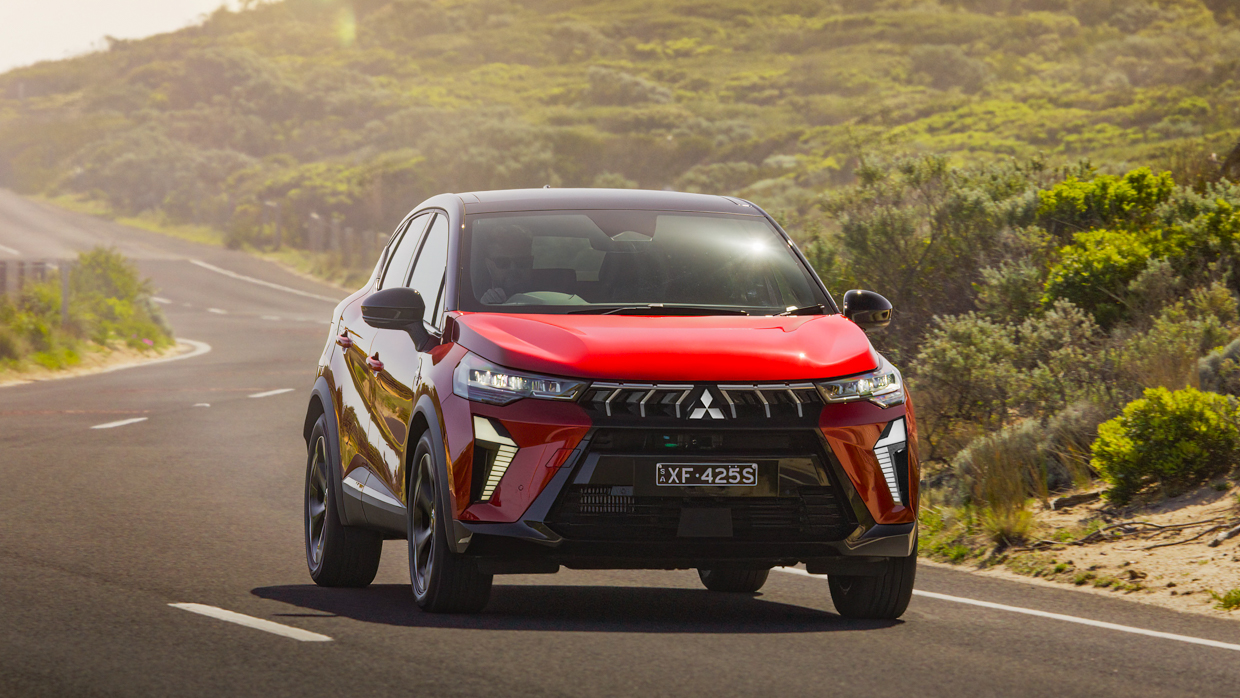
As with every Mitsubishi, there is a standard five-year, 100,000km warranty that’s extendable up to 10 years or 200,000km if you continue to service your vehicle within the brand’s dealer network, which should go some way to ease the worries around ‘French’ reliability woes.
The new Mitsubishi ASX is such an altogether different proposition than its predecessor that it’s worth pondering why it’s still called an ASX at all.
With sharp styling and a peppy yet frugal powertrain, along with modern amenities and practicality to appease most, the new ASX puts forward a compelling proposition but it’s dragged back down to earth by a hefty price tag that makes factors such as its limited features and expensive servicing far less tolerable.
The price range of $37,740 to $46,490 before on-road costs, would seem appropriate on a more fuel-efficient hybrid variant of the ASX, but this appears to be the basement of where this model will begin.
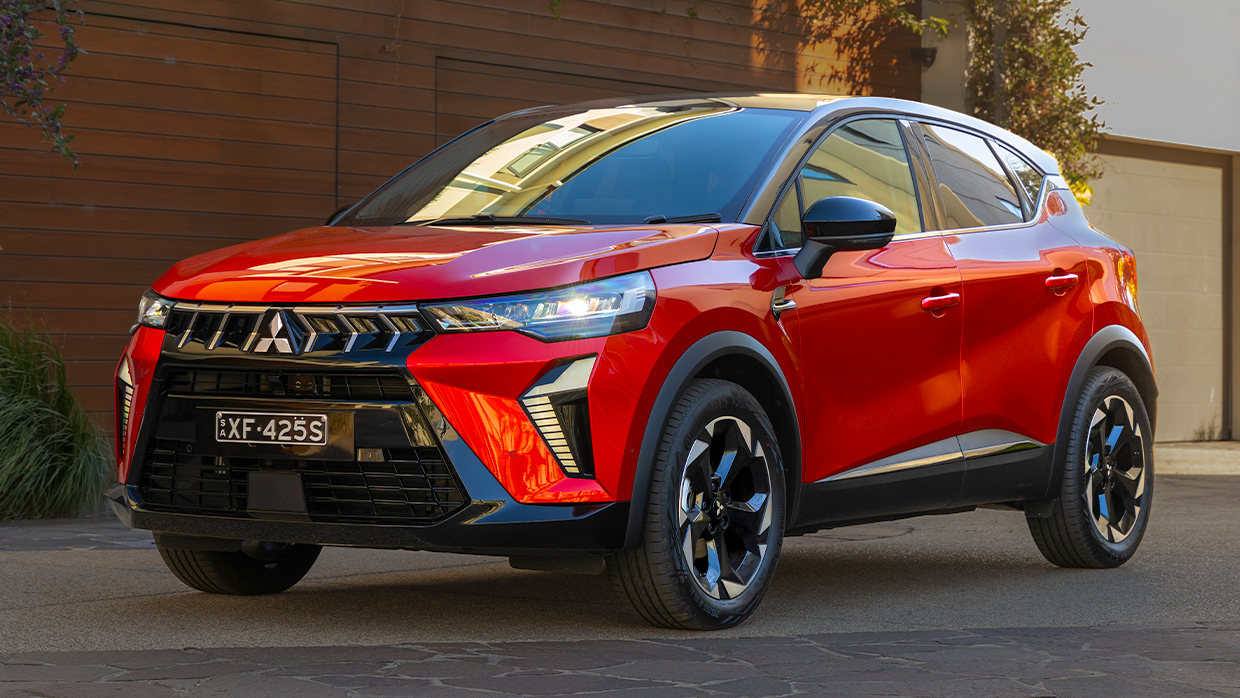
For the sort of cash the flagship Exceed demands, you’re not far off rivals such as the Toyota Corolla Cross in flagship Atmos hybrid trim ($47,990), or AWD-equipped European rivals like the Volkswagen T-Roc 140TSI ($49,990). Serious cars, for serious money.
We hope that Mitsubishi works to bring prices down over time, but for those who place high regard in the security of its ten-year warranty and surprisingly peppy, fun-loving dynamics, this new generation ASX is the most enticing proposition we’ve seen from this model in years.
About Chasing cars
Chasing Cars reviews are 100% independent.
Because we are powered by Budget Direct Insurance, we don’t receive advertising or sales revenue from car manufacturers.
We’re truly independent – giving you Australia’s best car reviews.
The estimate provided does not take into account your personal circumstances but is intended to give a general indication of the cost of insurance, in order to obtain a complete quote, please visit www.budgetdirect.com.au. Estimate includes 15%^ online discount.
^Conditions Apply
Budget Direct Insurance arranged by Auto & General Services Pty Ltd ACN 003 617 909(AGS) AFSL 241 411, for and on behalf of the insurer, Auto & General Insurance Company Limited(ABN 42 111 586 353, AFSL 285 571).Because we don’t know your financial needs, we can’t advise you if this insurance will suit you. You should consider your needs and the Product Disclosure Statement before making a decision to buy insurance. Terms and conditions apply.
Indicative quote based on assumptions including postcode , 40 year old male with no offences, licence suspensions or claims in the last 5 years, a NCD Rating 1 and no younger drivers listed. White car, driven up to 10,000kms a year, unfinanced, with no modifications, factory options and/or non-standard accessories, private use only and garaged at night.
^Online Discounts Terms & Conditions
1. Discounts apply to the premium paid for a new Budget Direct Gold Comprehensive Car Insurance, Third Party Property Only or Third Party Property, Fire & Theft Insurance policy initiated online on or after 29 March 2017. Discounts do not apply to optional Roadside Assistance.
2. Discounts do not apply to any renewal offer of insurance.
3. Discounts only apply to the insurance portion of the premium. Discounts are applied before government charges, taxes, levies and fees, including instalment processing fees (as applicable). The full extent of discounts may therefore be impacted.
4. We reserve the right to change the offer without notice.